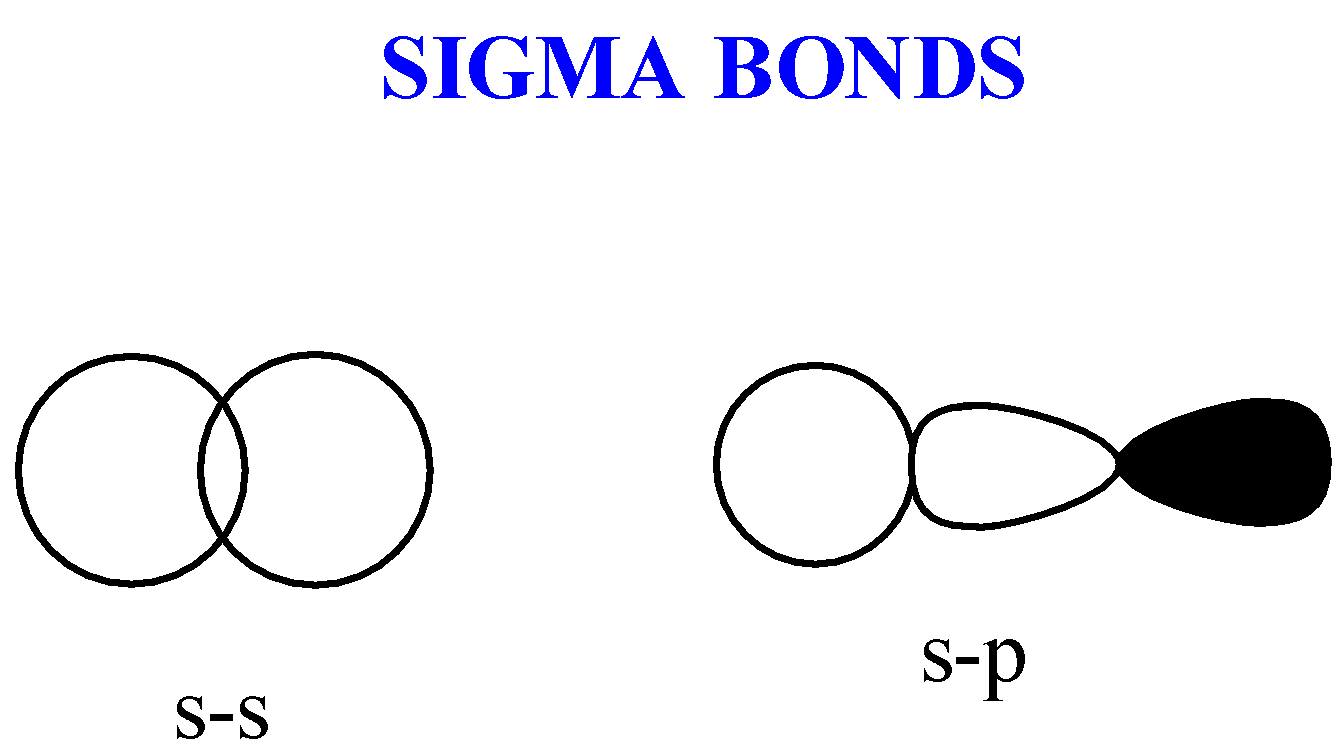
What is a Sigma Molecular orbital?
Answer
406.2k+ views
Hint: We need to know that Albeit the sub-atomic orbital hypothesis is computationally requesting, the standards on which it is based are like those we used to decide electron setups for iotas. The key contrast is that in sub-atomic orbitals, the electrons are permitted to connect with more than each nuclear core in turn. Similarly as with nuclear orbitals, we make an energy-level outline by posting the sub-atomic orbitals arranged by expanding energy. We then, at that point, fill the orbitals with the necessary number of valence electrons as per the Pauli standard. This implies that each sub-atomic orbital can oblige a limit of two electrons with inverse twists.
Complete answer:
We have to remember that sigma bond: sigma bond is framed because of the pivotal covering of two orbitals. Just a single sigma bond can exist between two particles. The Sigma bond is indicated as'

Sigma molecular orbital alludes to the orbitals shaped by the straight on cover of nuclear orbitals along the between atomic pivot. Most extreme cover is found around here and structures a solid bond.
Note:
We must have to remember that the molecular orbitals emerge from permitted communications between nuclear orbitals, which are permitted if the balances (decided from bunch hypothesis) of the nuclear orbitals are viable with one another. Proficiency of nuclear orbital connections is resolved from the cover (a proportion of how well two orbitals valuably collaborate with each other) between two nuclear orbitals, which is huge if the nuclear orbitals are close in energy. At last, the quantity of molecular orbitals framed should be equivalent to the quantity of nuclear orbitals in the particles being consolidated to shape the particle.
Complete answer:
We have to remember that sigma bond: sigma bond is framed because of the pivotal covering of two orbitals. Just a single sigma bond can exist between two particles. The Sigma bond is indicated as'

Sigma molecular orbital alludes to the orbitals shaped by the straight on cover of nuclear orbitals along the between atomic pivot. Most extreme cover is found around here and structures a solid bond.
Note:
We must have to remember that the molecular orbitals emerge from permitted communications between nuclear orbitals, which are permitted if the balances (decided from bunch hypothesis) of the nuclear orbitals are viable with one another. Proficiency of nuclear orbital connections is resolved from the cover (a proportion of how well two orbitals valuably collaborate with each other) between two nuclear orbitals, which is huge if the nuclear orbitals are close in energy. At last, the quantity of molecular orbitals framed should be equivalent to the quantity of nuclear orbitals in the particles being consolidated to shape the particle.
Recently Updated Pages
Express the following as a fraction and simplify a class 7 maths CBSE

The length and width of a rectangle are in ratio of class 7 maths CBSE

The ratio of the income to the expenditure of a family class 7 maths CBSE

How do you write 025 million in scientific notatio class 7 maths CBSE

How do you convert 295 meters per second to kilometers class 7 maths CBSE

Write the following in Roman numerals 25819 class 7 maths CBSE

Trending doubts
State and prove Bernoullis theorem class 11 physics CBSE

What are Quantum numbers Explain the quantum number class 11 chemistry CBSE

Write the differences between monocot plants and dicot class 11 biology CBSE

1 ton equals to A 100 kg B 1000 kg C 10 kg D 10000 class 11 physics CBSE

State the laws of reflection of light

In northern hemisphere 21st March is called as A Vernal class 11 social science CBSE




